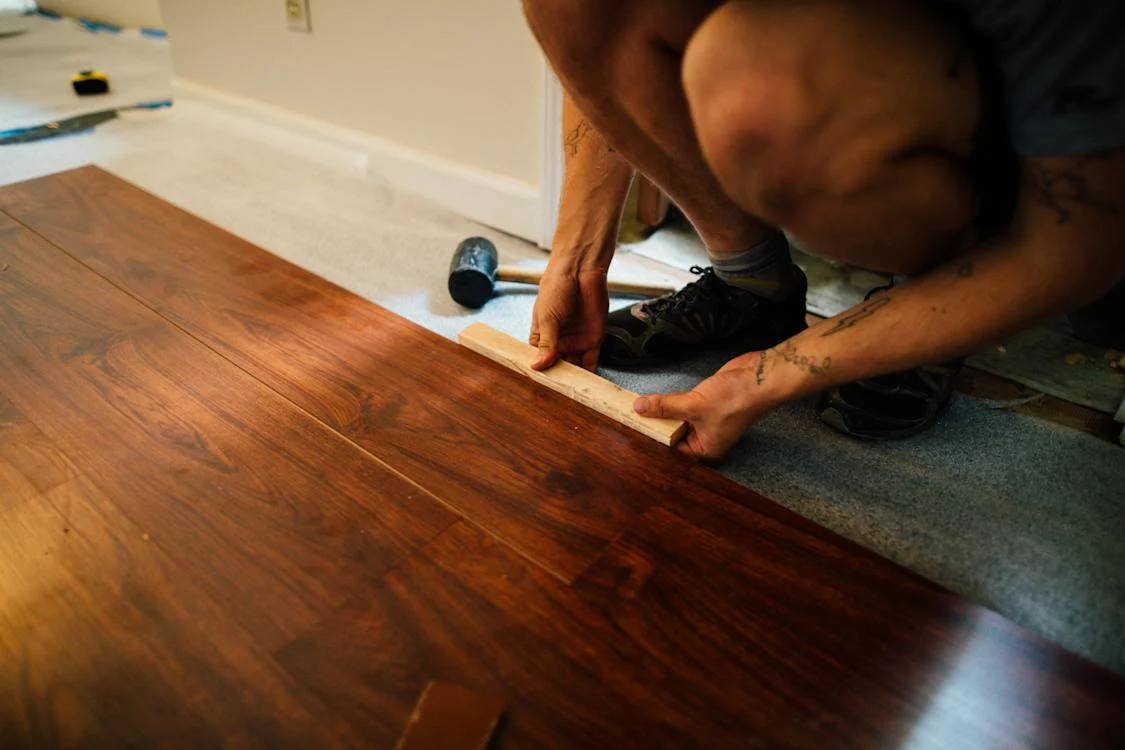Flooring, either as a replacement or new installation, is a tedious and complicated affair. Still, it remains one of the surest ways to give your space an impressive new look. As demand for diverse floor designs keeps on amplifying, this exposes a budding venture likely to explode in roaring success in the next few years.
Stakes are high that if you attempt DIY, you might cut back on the initial budget. However, it can radically spin to a devastating experience if you do not plan and research well. Save yourself from a probable downfall by perusing through imperative floor installation tips below.
1. Prior Planning
On television and YouTube videos, DIY clips happen so effortlessly and quick. In reality, proper floor installation takes a longer time depending on the style and project size. Mostly, this depends on the installer expertise and materials used to accomplish the task.
If possible, you can hire an assistant to help quicken the process. Another alternative is to split the work over several days or weekends. Then strive to accomplish specific goals in each session. For instance, you may opt to click-together your bedroom floors for approximately one to two days. On subsequent days, you can tile the bathrooms or fix hardwood floors in the kitchen and living room.
Finally, consider hiring a reliable dumpster rental provider for the job. This is the most cost effective and prudent waste management decision you can make. Apart from cutting costs, dumpsters are more efficient and attract fewer litigation risks because of safer construction sites. Most impressive is that dumpers works perfectly both in commercial and residential settings
2. Get the Right Tools
Successful floor installation starts by using the right tools. It is tempting to seek quick and cheaper alternatives. Unfortunately, this may lead to inferior or less satisfactory results. Furthermore, it might cost a fortune to fix previous mistakes.
Commonly, installers use electric tackers in large flooring projects. This poses a huge risk in overheating, snapping and jamming. Instead, use air powdered tackers for a more efficient and safe application. During sanding and concrete grinding, dust extractors and vacuums outfitted with approved filters helps to thwart inhaling of harmful particles.
Above all, using the wrong tools affects their lifespan and exposes the installer to various hazardous health implications.
3. Inspect the Sub Floor
A sub floor affects durability and the outcome of the project. Given that they offer foundation to the floor of your choice, fully examine it before progressing to the next level. One major thing you should check is moisture absorption. Moisture can be a problematic issue with long term repercussions that compromise the entire investment. Common challenges caused by moisture include stiff panels or weakened foundation.
Floor squeaks is another challenge associated with an inferior subfloor. This happens when nails connecting the sub floor to the floor loosens and causes friction. To counter this, avoid exposing the sub floor to water and construction elements. This is because moisture causes subfloor panels to swell and dislodge nails in the process. If you have to level out a poorly done subfloor, add an extra cover of plywood or other options to attain uniformity.
4. Settle for the Best Type of Floor
Before making the final decision on floor design, consider your budget, style and lifestyle. If you have young children and playful pets choose a durable floor that withstands the pressure. Hardwood floors give a better ROI (return on investment) because they are more durable. You can also enjoy a good deal with porcelain tiles as they are resistant to moisture, scratches and dents. Other hard-wearing floor alternatives include ceramic, laminate and vinyl.
Either way, install a floor texture that excites you most. The rule of the game is to pick a darker floor color compared to the walls. This combination makes a room appear larger. Though, if you have low ceilings, the requirements may slightly change.
5. Purchase More
Imagine a scenario where selected floor materials fail to cover the entire space. This is not only demoralizing, but can also be an expensive affair. Before making any purchase, measure your rooms and use the data in comparison with the floor materials.
It is wise to buy a little more to cater for miscellaneous requirements. For example, if tiles break in the process, you do not have to rush to the vendor for the little pieces required to accomplish the task. Also, they come in handy in case of future repairs.
Crux of the Matter
Every flooring task has its share of unique challenges. The good news is that a combination of proper preparation, right tools and great expertise goes a long way. Optimistically, follow mentioned guidelines and witness a less tedious, inexpensive and conspicuous outcome.

